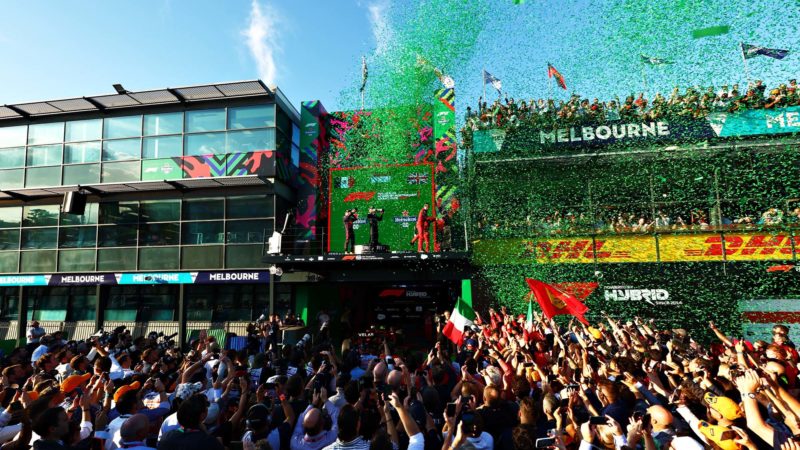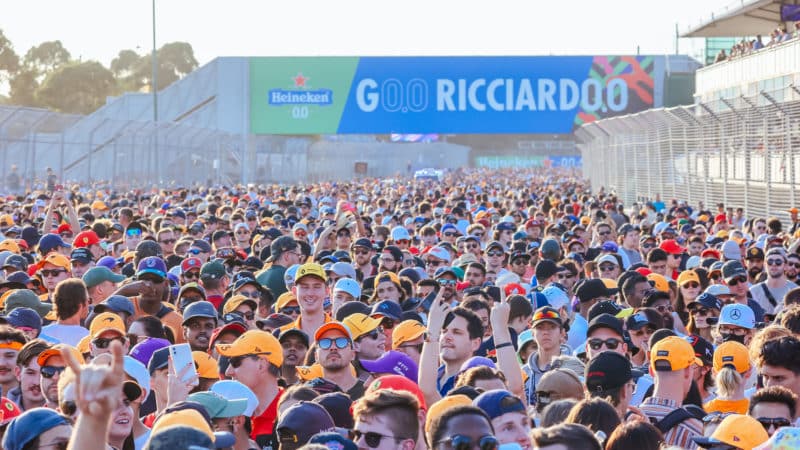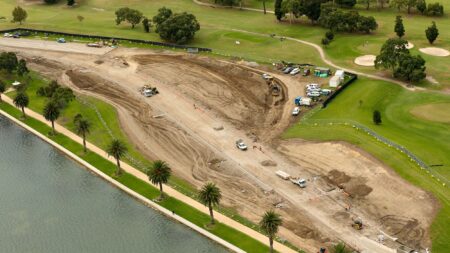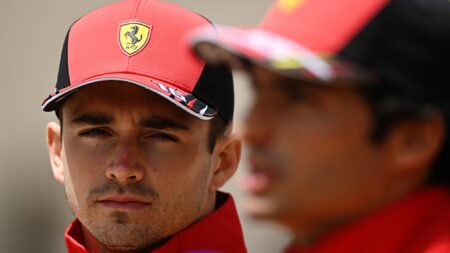It’s clearly a city that is proud of that aspect of its offering, and far from viewing the race as something that simply has to fit into the wider picture, the Australian Grand Prix Corporation made a significant investment to try and improve the hardest part of all – the track itself.
Perhaps that eagerness is driven by the knowledge of how quickly the race could disappear from its grasp, given the way Melbourne swooped in back in the mid-1990s itself, but it has to be admired. There has long been one thing missing from Albert Park and that’s great racing, with the event itself and atmosphere never in question.
And the circuit changes did see an improvement in racing. There were moves into Turn 1, others into Turn 3 and cars heading side-by-side at top speed towards the rapid change of direction at what is now Turn 9 and Turn 10, resulting in more than one off-track moment. It appeared to be a less popular spot, but the reprofiled Turn 11 also enticed the odd dive to the inside under braking.
The whole thing was the dream scenario for F1’s owners, because it completely fits the template of what Liberty Media wants to the sport to be. A huge, well-run grand prix in the middle of a major global city. where hundreds of thousands of people flock for their country’s biggest event of the year.
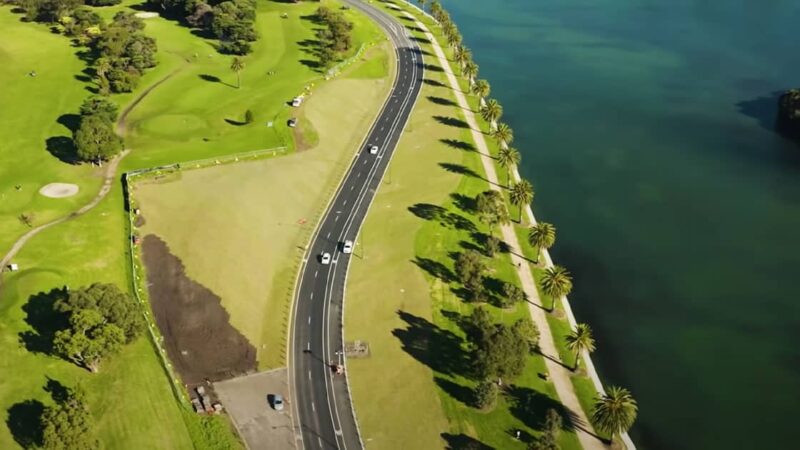
The old Turns 9 and 10 were eliminated, replaced by a fast and flowing section
Australian Grand Prix Corporation
Throw in some good racing and there’s very little that Melbourne is missing. Given the success of this year’s race, it really would seem like a stretch to believe any potential talks with Sydney would be allowed to progress far, as Victoria will surely double down on its investment.
But that doesn’t mean there aren’t things that can be learned. While Melbourne might provide a template to other locations in terms of how to be a successful sporting city, it still remains a heck of a long way from any other grand prix on the calendar. To have it as a standalone race – and not the first of the year at the very least – is crazy.
